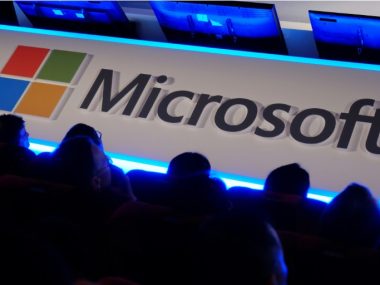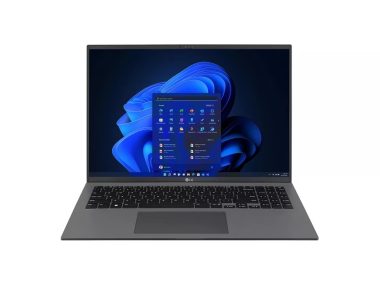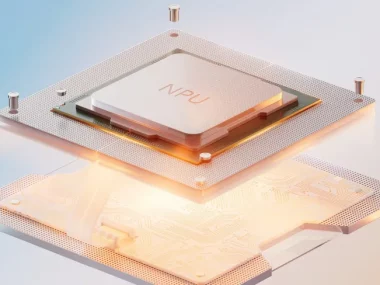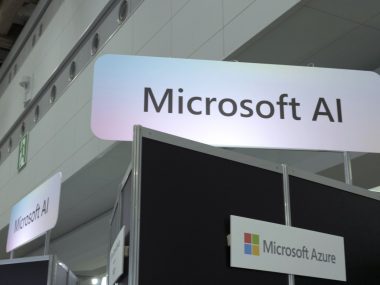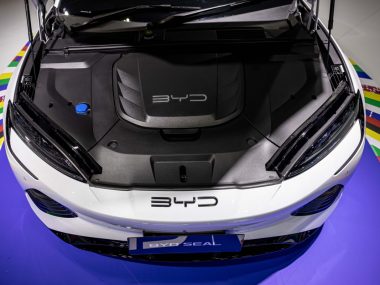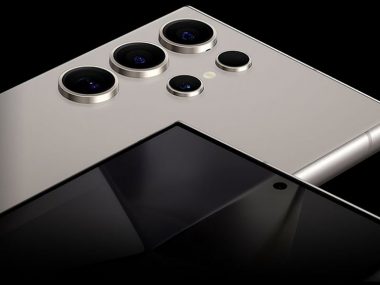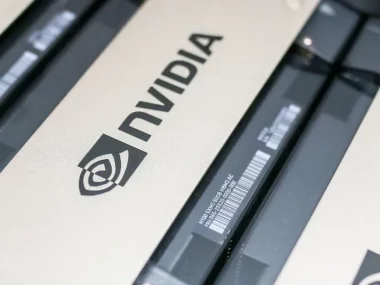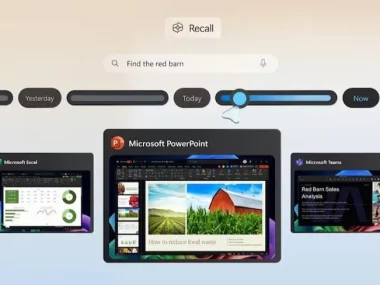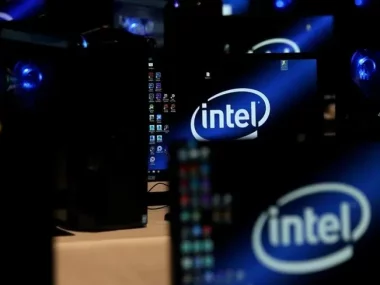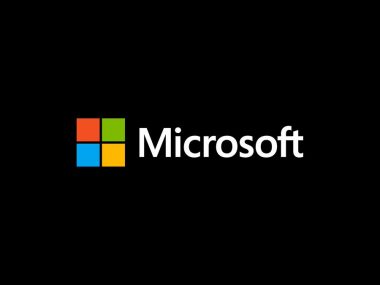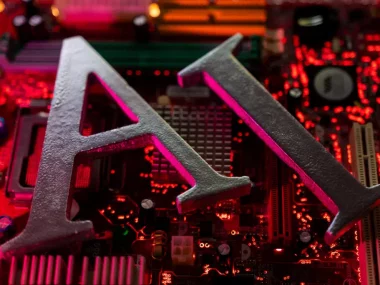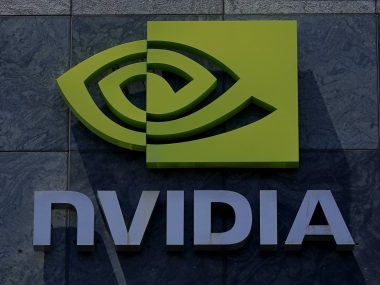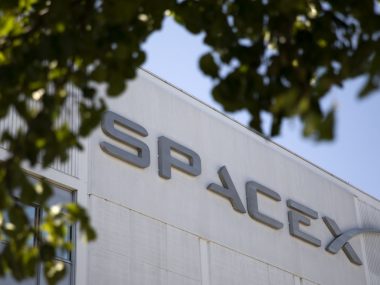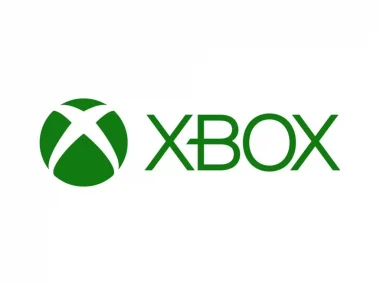|
Neubauer Coporation
Getting your Trinity Audio player ready...
|
NVIDIA and AMD, the two giants of electronic chip manufacturing in the world, competed during the annual COMPUTEX 2024 conference (COMPUTEX TAIPEI ) to unveil new products, which the two companies say provide standard advantages for users and developers in the artificial intelligence market.
New NVIDIA products
NVIDIA topped the technical conference, held in Taiwan, with a number of diverse products, from software robots in human form and an intelligent assistant for video game enthusiasts, to chips for data centers for training artificial intelligence models, and chips directed to operate the new Windows Copilot+ PC computers.
NVIDIA ACE’s AI technologies for generating digital humans, available now, include services such as automatic speech recognition, text-to-speech conversion, and instant translation, as well as advanced language analysis, context understanding, text generation, and even realistic facial animation. , in line with the audio clips, while providing a realistic design for the skin and hair of digital characters in a more human form.
“NVIDIA” also added to the “NVIDIA ACE” service package services for generating physical movements, based on audio clips. The company also revealed a small linguistic model, called Nemotron-3, equipped with approximately 4.5 billion variables, providing accuracy similar to linguistic models. Big ones that work in the cloud.
The Nemotron-3 4.5B SLM model is now available, in a limited capacity, on a number of RTX AI PCs.
Project G-Assist
The idea of the project is based on analyzing audio or text input from the player, in addition to contextual information from the game screen, so that the data is processed through computer vision models that use artificial intelligence.
These models leverage contextual and application-specific understanding of a large language model (LLM), linked to a game’s knowledge database, and then generate a personalized response presented as text or audio, helping players have a distinctive interactive experience.
Microsoft and NVIDIA are collaborating to help developers bring new generative AI capabilities to native Windows and web applications. This collaboration will provide developers with APIs to easily access GPU-accelerated small language models (SLMs) that work effectively as part of Copilot Runtime interface in Windows.
Small language models provide tremendous possibilities for Windows developers, including summarizing, generating content, and automating tasks.
The AI-powered capabilities will be accelerated by RTX GPUs, as well as AI accelerators from other hardware manufacturers, providing users with fast AI experiences across Windows, and the platform’s API will reach developers’ hands later this year.
Nvidia’s founder and CEO, Jensen Huang, promised that his company would work hard to launch annually updated versions of its smart chips to develop artificial intelligence models, as a new generation of leading Blackwell processors will arrive by 2025, and an entirely new artificial intelligence platform from the company will arrive in 2026, and will carry… The name is Rubin, and it will use the HBM4 chip, which is the main component of the AI accelerator platform, but Hwang did not reveal further details.
New AMD products
For its part, AMD unveiled a group of chips aimed at gaming enthusiasts, Windows Copilot+ PC computers, as well as artificial intelligence accelerators.
The company announced the new AMD Ryzen AI 300 Series processors, which it says are equipped with the most powerful neural processing unit (NPU) in the world, to make personal computers capable of running advanced artificial intelligence models locally, without the need for the Internet.
AMD also introduces new AMD Ryzen 9000 Series processors for desktop devices, aimed mainly at the audience of gamers and professional content creators.
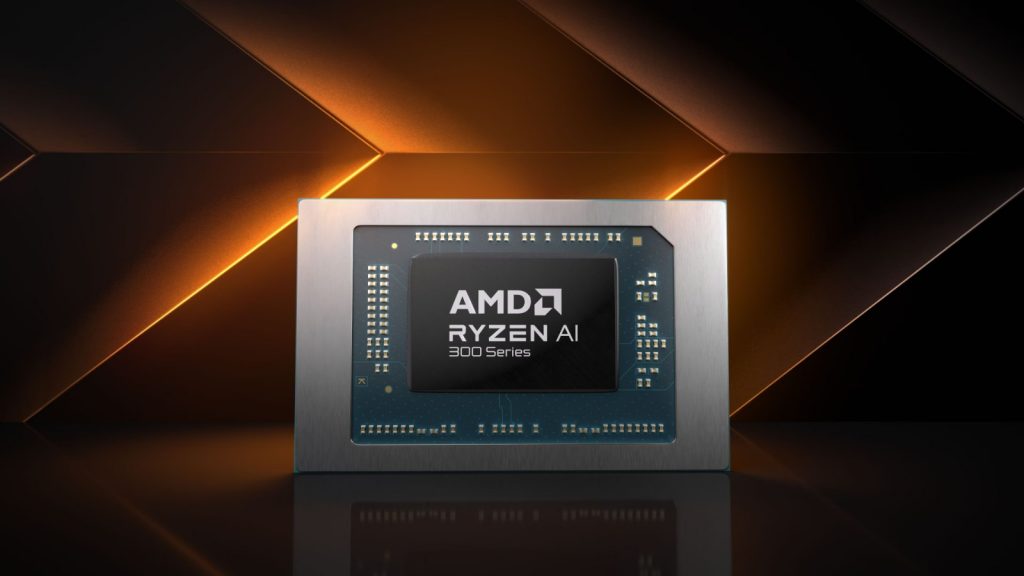
The new neural unit for the company’s processors is based on the new AMD XDNA 2 architecture, equipped with 50 teraflops of processing power for artificial intelligence.
These processors also rely on the new “Zen 5” architecture, which uses up to 12 high-performance cores with 24 lanes for data passing, along with on-chip L3 random memory, offering 50% more capacity than previous “Zen 4” processors.
For desktops, the new AMD Ryzen 9000 Series processors represent a significant step forward, offering users advanced computing power and reliability. These processors are based on the latest “Zen 5” architecture, and provide 16% better performance compared to the “Zen 4” architecture of previous Ryzen processors.
It is expected that the new Ryzen 9000 Series processors will be available on board computers in the market, by next July.
AFP










